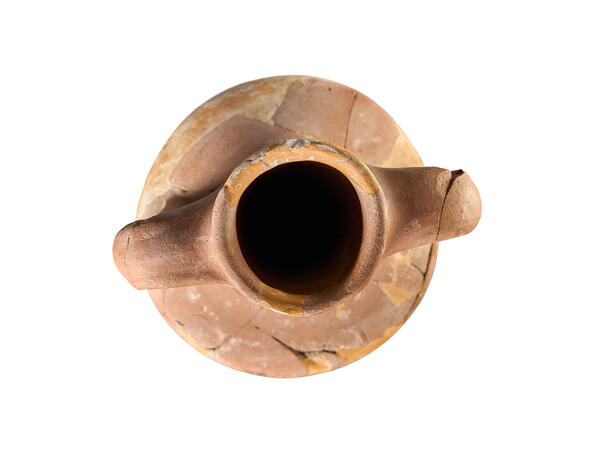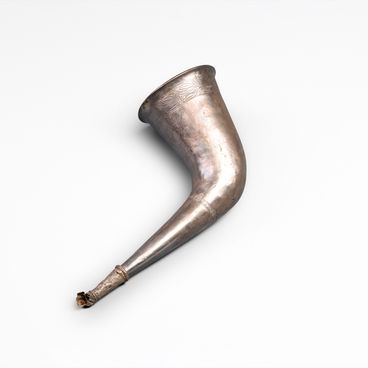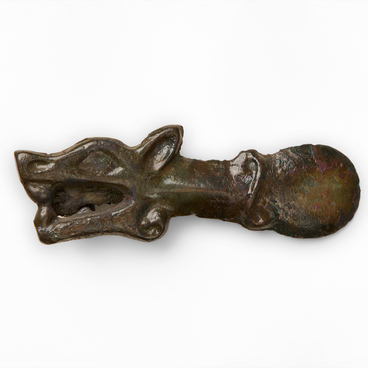An amphora is a ceramic vessel of elongated or egg-shaped form with a wide body and a narrow neck and bottom, as well as two elongated handles on the sides. The word amphora itself has ancient Greek roots and literally translates as “a vessel carried on two sides, ” meaning it is carried by its two handles.
Amphorae were used for transportation and storage of olive oil and wine, which were imported into the territory of the present-day Belgorod region. The unusual shape of the amphora served several purposes. Firstly, it was convenient to store wine and oil in vessels of this shape: the narrow neck was easy to seal, preserving the valuable liquid. At the same time, sediment accumulated in the narrow lower part. Secondly, this shape made it easy to bury the vessels in the ground or sand, where they were kept at a lower temperature. The two opposed handles were convenient both for carrying the vessel and for pouring out the contents. Thirdly, this shape allowed amphorae to be arranged in a fan-like pattern, which was very convenient for transportation.
Over time, the forms and standards of amphorae from different production centers became more similar, since amphorae from different manufacturing centers were often loaded into one ship, and differences in vessel shapes could create difficulties when arranging them in the ships’ holds.
The volume of an amphora could vary from 5 to 50 liters. Over time, the volume of Heraclea amphorae decreased, which was probably due to the mass supply of wine from this center to the steppe zone. The size and weight of the vessel played a significant role during transportation.
There was also a tradition of stamping ceramic
containers. In ancient Greek city-states, the stamping of amphorae was
organized in different ways. At times, amphorae were stamped in individual
instances. However, Heraclean amphorae were stamped quite regularly. The stamps
contained the names of the manufacturers, and for almost the entire 4th century
BCE they also featured the name of the magistrate, indicating that amphora
production in Heraclea was controlled by officials. The stamp was applied to
the neck of the vessel and quite often to the handles of the amphorae. A
specially carved stone stamp was used to create the imprint, which was applied
to the vessel while the clay was still wet, before drying and subsequent
firing. Indented stamps were applied on the Heracleian
amphorae.



